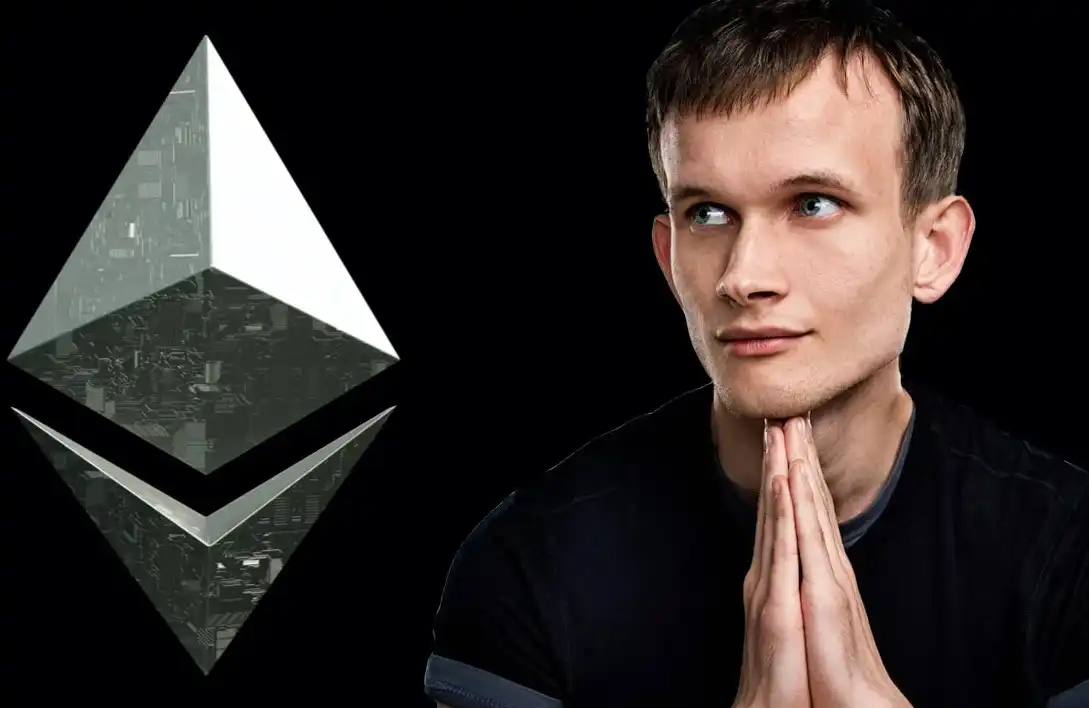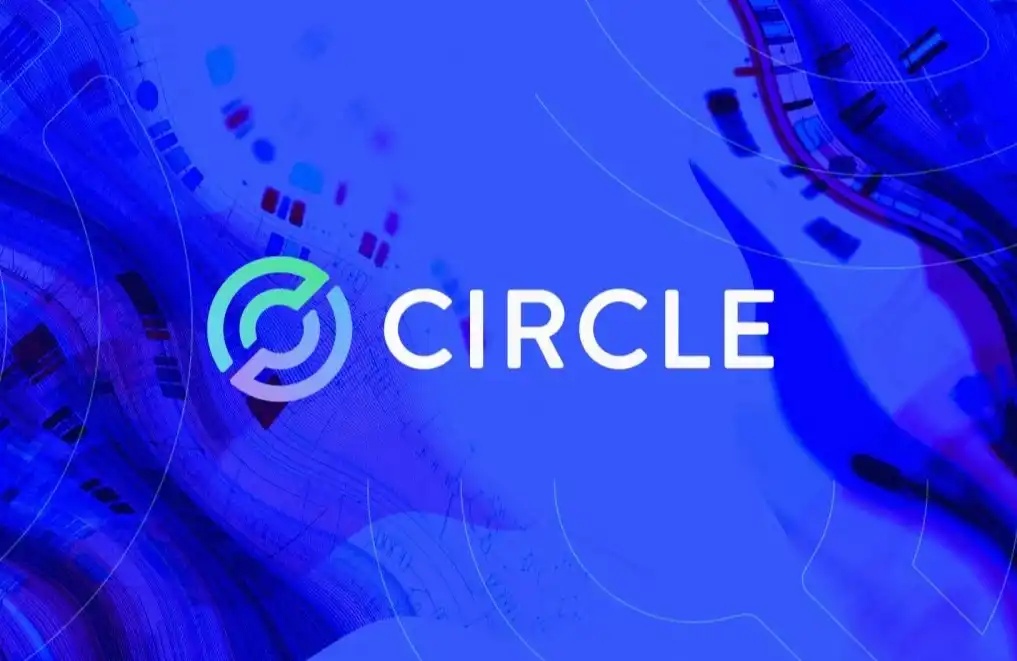How Will Circle Make Money Next? CEO Discusses Revenue Model, Banking Competition, and ArcChain Strategy


On the first earnings report night after going public, Circle delivered a complex answer sheet of "Book Loss, Operational Growth": Total revenue and reserve earnings for Q2 were $658 million, a 53% year-over-year increase, with adjusted EBITDA of $126 million, a 52% year-over-year increase. Additionally, USDC continued to expand on the circulation side, reaching an end-of-period outstanding circulation volume of $61.3 billion and a stablecoin market share of 28%. However, two non-cash factors, including substantial stock-based compensation triggered by the IPO and fair value changes of convertible bonds totaling $591 million, had an impact, resulting in a net loss of $482 million for the company.
Beyond earnings day, the industry's competitive landscape was rapidly rewritten this summer. The "GENIUS Act" was officially enacted, putting the boundary between "bank-issued stablecoins" and "licensed non-bank issuers" on the table. Circle's Chief Strategy Officer, Dante Disparte, bluntly stated in a recent interview: the real competition is just beginning, and whether banks will hastily issue coins remains to be seen.
Circle's partnership map is also expanding.
During the earnings call, management individually mentioned deepened collaborations with mainstream exchanges such as Binance and OKX, integration with payment networks like Stripe, Visa, Mastercard, and banking infrastructure providers like Fiserv. Meanwhile, the rise in Coinbase platform USDC balances and new partner distribution agreements also drove up distribution-related costs for the quarter. These structural tensions of "growth-share-cost" are shaping USDC's business model and ecosystem distribution path.
Simultaneously, Circle also announced its self-developed blockchain, Arc, for stablecoin finance. Using USDC as its native gas, Arc aims for ultra-fast settlement speed and low volatility fees, while introducing optional privacy and compliance-auditable disclosure mechanisms for institutional scenarios. It is seen as a key step for Circle's transition from a "single issuer" to a "full-stack platform."
Last night, Circle CEO Jeremy Allaire answered several of the most pressing questions in the earnings call and The Information live interview:
1. Why did a book loss occur under high growth?
2. The future competitive relationship between bank and non-bank stablecoins under the "GENIUS Act";
3. The "game-like cooperation" with exchanges and the layout of new partners;
4. Are there considerations for applying for a license in Hong Kong?
5. The strategic goals Arc Chain aims to achieve and its industry ecosystem position
Dynamic Insight: Beating has consolidated key questions and answers to help readers quickly and accurately understand Circle's management's views on the industry and the company's plans (to read the full transcript of the conference call, please see below "Circle 2025 Q2 Earnings Call Full Transcript").

Subscription Fees, Service Fees, and Transaction Fees: Management Plans to Increase Revenue Streams
1. In the second quarter of this year, Circle's revenue grew by 53% year-over-year, but reserve interest still accounts for the majority. How does the company plan to reduce this dependency?
Jeremy Allaire: Our goal is to build the world's largest and regulated stablecoin network, which is still in its early stages. Whether the stablecoin market's future compound annual growth rate is 90% or 25%, the inflow scale will be massive, and we aim to continue to expand USDC's market share.
In the past, the company mainly realized revenue through the monetary stock of USDC and relied on partners to drive distribution. However, since last year, we have introduced new products at the protocol layer, blockchain infrastructure, developer tools (such as Circle Wallets), and the application layer (such as the Circle Payments Network, CPN), resulting in a 250% year-over-year growth in related revenue this quarter.
Next, we will introduce subscription fees, service fees, transaction fees, and other higher-margin models, which we have also communicated to Wall Street. These revenues could be significant in the coming years.
Adjusted EBITDA increased by 52% year-over-year, with a profit margin of 50%. This quarter, RLDC's profit margin increased by over 200 basis points year-over-year, with a significant portion coming from new business growth. We are building a full-stack system from infrastructure and stablecoin layers to payment networks and developer tools, all operating synergistically and forming multiple monetization channels. This is a necessary condition for driving the development of the Internet financial system.
2. In the second quarter, USDC's circulation reached $61 billion, where does the growth momentum come from? What are the future incremental opportunities?
Jeremy Allaire: The recent growth more reflects the global market's "green light" signal for stablecoins. This is not only due to the activity in the digital asset market but also indicates that stablecoins have been seen as a viable digital cash tool. With a 90% year-over-year growth rate and a 49% increase since the beginning of the year, there is enormous room for future growth.
The growth of stablecoins is largely a result of economic activity. The digital asset market is the starting point, but interest in financial services across various segments is accelerating, with sustainable potential for decades. Third-party forecasts range from 25% to 90% compound annual growth rates, with our internal model benchmarked at 40%, which can still deliver significant returns in an uncertain environment.
3. How does USDC fare in cross-border remittances adoption?
Jeremy Allaire: The demand for cross-border remittances is growing, encompassing both C2C (personal transfers) and B2B corporate fund flows. This quarter, we have expanded our partnerships with Remitly, MoneyGram, ZEPS, among others, and the primary CPN application is cross-border remittances.
The advantage of USDC lies in its years-long built global liquidity network and on/off-ramp system, covering key nodes such as banks, payment service providers, etc., enabling funds to settle at low cost across different fiat currencies, digital assets, and bank accounts. This network effect and delivery capability are hard to replicate, as merely "issuing a coin" cannot solve the end-to-end cross-border settlement challenge.
4. Where does the disclosed $5.9 trillion on-chain transaction volume come from in the financial report?
Jeremy Allaire: USDC on-chain transactions are spread worldwide, from Europe and the Americas to emerging markets and developing countries, with P2P payments particularly widely used in financial super apps. These transactions include not only exchange-to-exchange fund transfers but also savings, investments, payments, and various other use cases.
Foxkeen (CFO): On-chain transaction volume covers almost all financial services use cases, from C2B, B2B payments to cross-border settlements. Compared to the traditional system, this is the first generic internet architecture aimed at fund movement, hence different scenarios are intertwined on-chain, making it difficult to precisely separate.
5. To create a "winner-takes-all" market, will Circle accept higher distribution costs in exchange for growth?
Jeremy Allaire: We are willing to collaborate with institutions driving network growth. The collaboration structure varies depending on the partner type and is not a simple reserve revenue concession. The key is a win-win, growth-oriented approach that can produce tangible effects on transaction speed, market share, USDC holdings, etc.
The three long-term factors supporting RLDC's profit margin: first, enhanced network effects will drive the growth of internal and external USDC holdings; second, the increase in USDC holdings on our proprietary platform will allow us to have a more flexible economic model; and third, high-margin value-added services driven by new product launches will monetize the flow of funds within the network. The combination of these three will steadily increase the profit margin.
Actively Engaging with "To Bank" Partners, Gradually Reducing Dependence on Exchanges
1. Your revenue-sharing agreement with Coinbase has been a focus of external attention; will this percentage decrease in the future?
Jeremy Allaire: This quarter, USDC's stock on the Circle platform has grown nearly 10x year over year, accounting for approximately 10% of the total circulation. This indicates that an increasing number of companies are building their businesses directly on our infrastructure, such as Circle Wallets and Circle Mint.
These platform partnerships give us greater flexibility to design economic relationships and help reduce reliance on a single distribution partner. If in the future, the majority of business operations run on proprietary tech stacks, our revenue-sharing structure with platforms like Coinbase will gradually evolve.
Our goal is to expand the overall size of the stablecoin "cake" and attract a more diverse set of participants across various sectors, including banks, payment companies, capital market institutions, and internet firms. Coinbase has played a significant role in promoting USDC, but the emerging new regulatory environment is driving more traditional institutions to join in, and this diversification will greatly accelerate network growth.
2. How is the collaboration with OKX different from other exchanges?
...
For the full article, please visit the 【Dongcha Beating】 official account
Welcome to join the official BlockBeats community:
Telegram Subscription Group: https://t.me/theblockbeats
Telegram Discussion Group: https://t.me/BlockBeats_App
Official Twitter Account: https://twitter.com/BlockBeatsAsia
 Forum
Forum

 Finance
Finance
 Specials
Specials
 On-chain Eco
On-chain Eco
 Entry
Entry
 Podcasts
Podcasts
 Activities
Activities
 OPRR
OPRR








